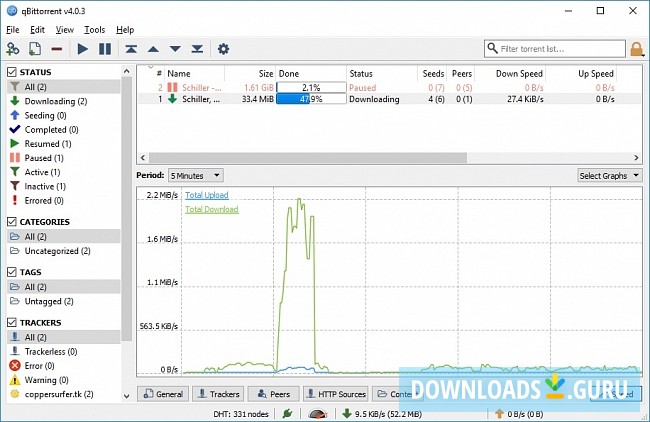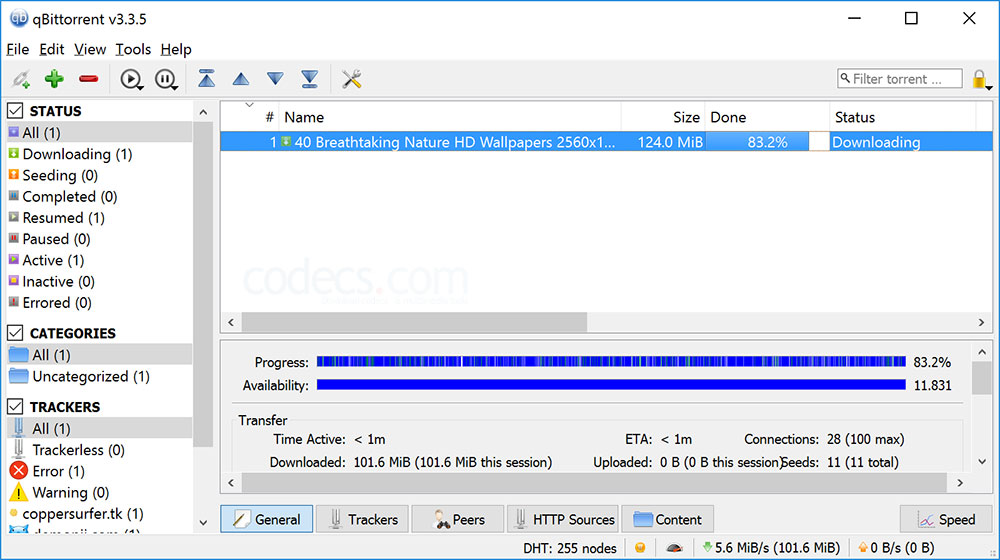
This method consumes a large amount of computing resources since the malicious server must respond to a large quantity of requests. In order to entice users to download the decoys, malicious users may make the corrupted file available via high bandwidth connections. A malicious user pollutes the file by converting it into another format that is indistinguishable from uncorrupted files (e.g. This deters users from finding an uncorrupted version and also increases distribution of the corrupted file. Methods of attack Decoy insertion ĭecoy insertion (or content pollution) is a method by which corrupted versions of a particular file are inserted into the network.


This practice of uploading fake torrents is sometimes carried out by anti-infringement organisations as an attempt to prevent the peer-to-peer (P2P) sharing of copyrighted content, and to gather the IP addresses of downloaders. Torrent poisoning is intentionally sharing corrupt data or data with misleading file names using the BitTorrent protocol.


 0 kommentar(er)
0 kommentar(er)
